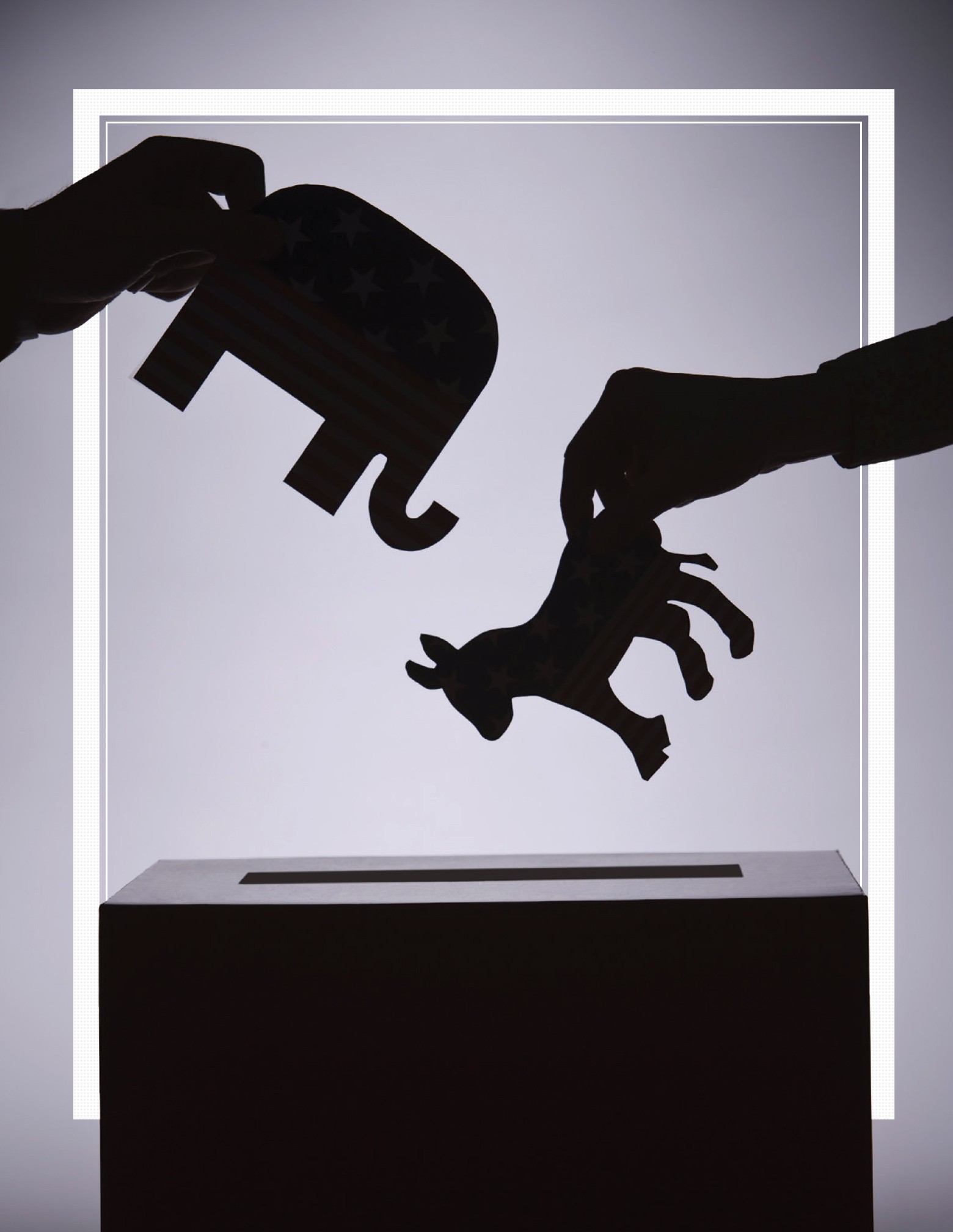
COMSTOCK IMAGES/GETTY
As stark as the differences are between Donald Trump and Joe Biden, millions of Americans can’t seem to choose between them. They’re the 10 percent of prospective voters who, with less than three months to go until the election, are still technically “undecided:” They haven’t made up their minds between the Republican and Democratic nominees, currently back third-party candidates or, at this point, just don’t care. Analysts say there are fewer undecideds this year than in 2016, when a surge of last-minute converts to Trump helped decide the election. But it’s still a sizable enough cohort—particularly in key battleground states—to potentially determine the 2020 result. “They are a relatively small population but they are certainly enough to alter the outcome,” says Chris Jackson, head of public polling at Ipsos.
FOR TRUMP, TRAILING BY EIGHT POINTS ON AVERAGE IN THE MOST RECENT polls, these undecideds present both an opportunity and a risk. Should he stick with the bombastic, polarizing persona that keeps his base energized or moderate his policies and tone in an attempt to woo undecideds—and possibly alienate his most fervent supporters? “The president is a known commodity,” says Thomas Gift, founding director of the Centre on U.S. Politics at University College London. “Making concessions at this late stage could seem, at best, disingenuous and, at worst, dampen enthusiasm among ardent supporters.